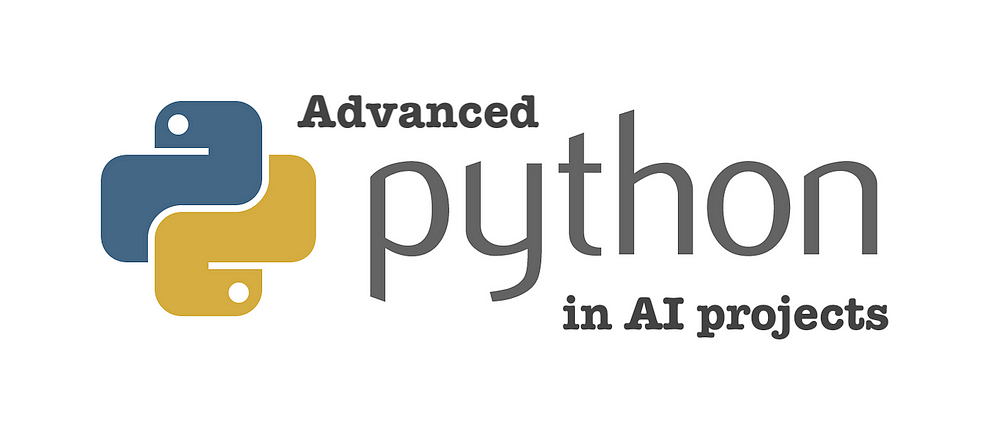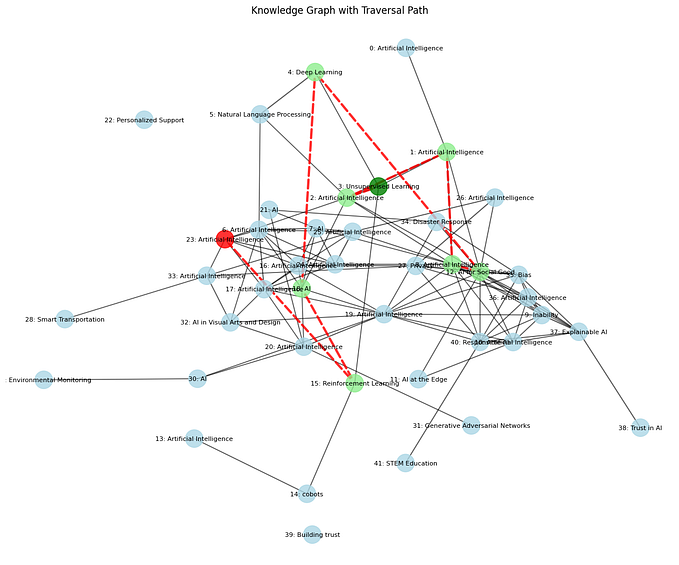Member-only story
3 Unique Strategies for Optimizing Python Memory Management in AI Projects
Simple techniques leveraging Python garbage collector mechanisms

While Python typically handles memory management automatically, there are ways to improve its performance. If you’re interested in exploring Python from a more advanced perspective, understanding what the garbage collector is and how it works, and how to leverage it to optimize your code — then this article is for you.
Background: garbage collector in Python
Python is interpreted language, which means the source code of a Python program is converted into bytecode that is then executed by the Python virtual machine.
There are various virtual machines, but in this article we will focus on CPython, a default and widely used, virtual machine written in programming language C.
What is a garbage collector?
Garbage collector is a built-in mechanism responsible for memory management. Every time you declare any variable (object) in Python, some part of your PC memory is allocated to store it like:
x = 1
y = 'dog'
z = SomeObject()
# above variables need spaceOnce these objects are not used, the garbage collector comes and deallocate (delete) them from memory…










